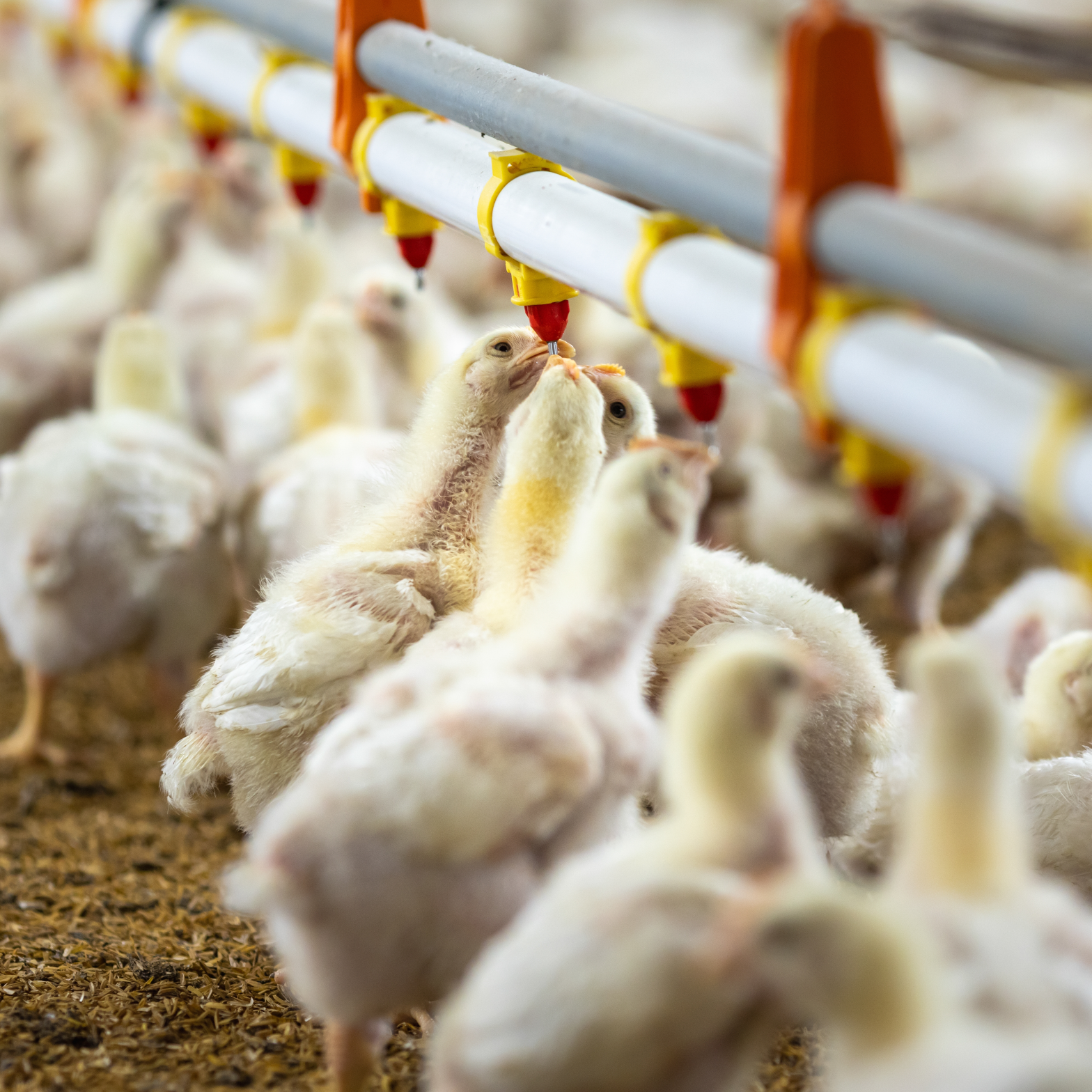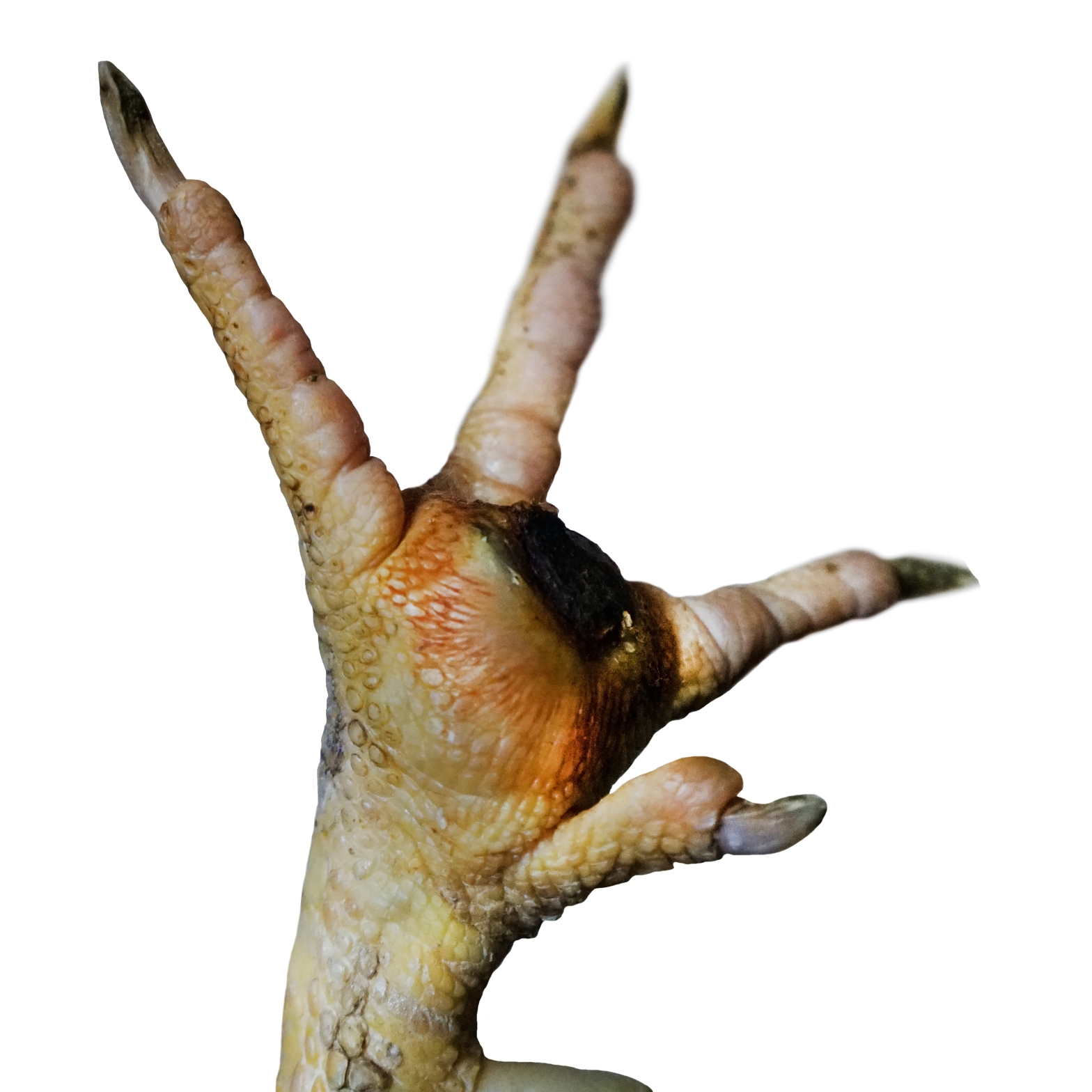
Plants and
plant extracts
for animal nutrition
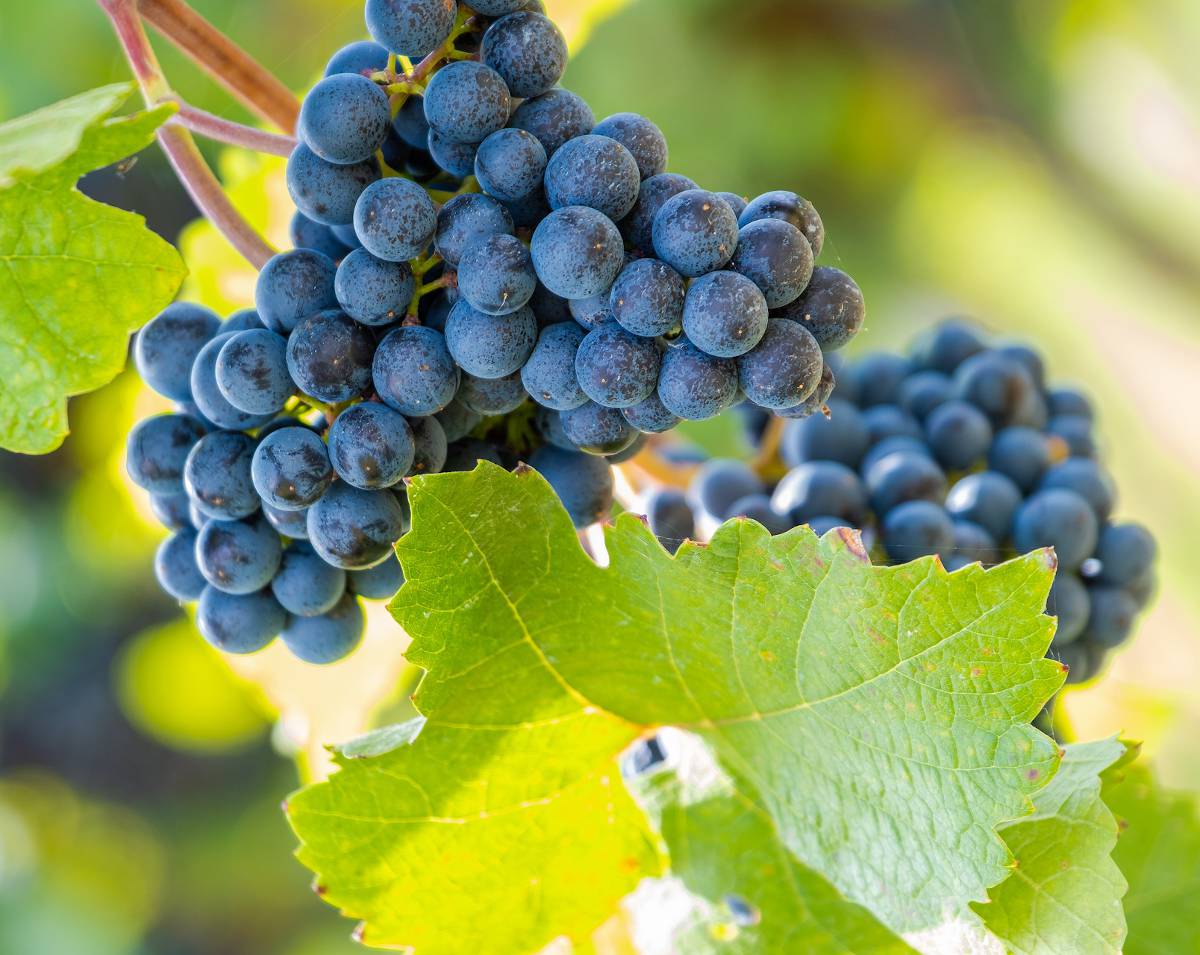
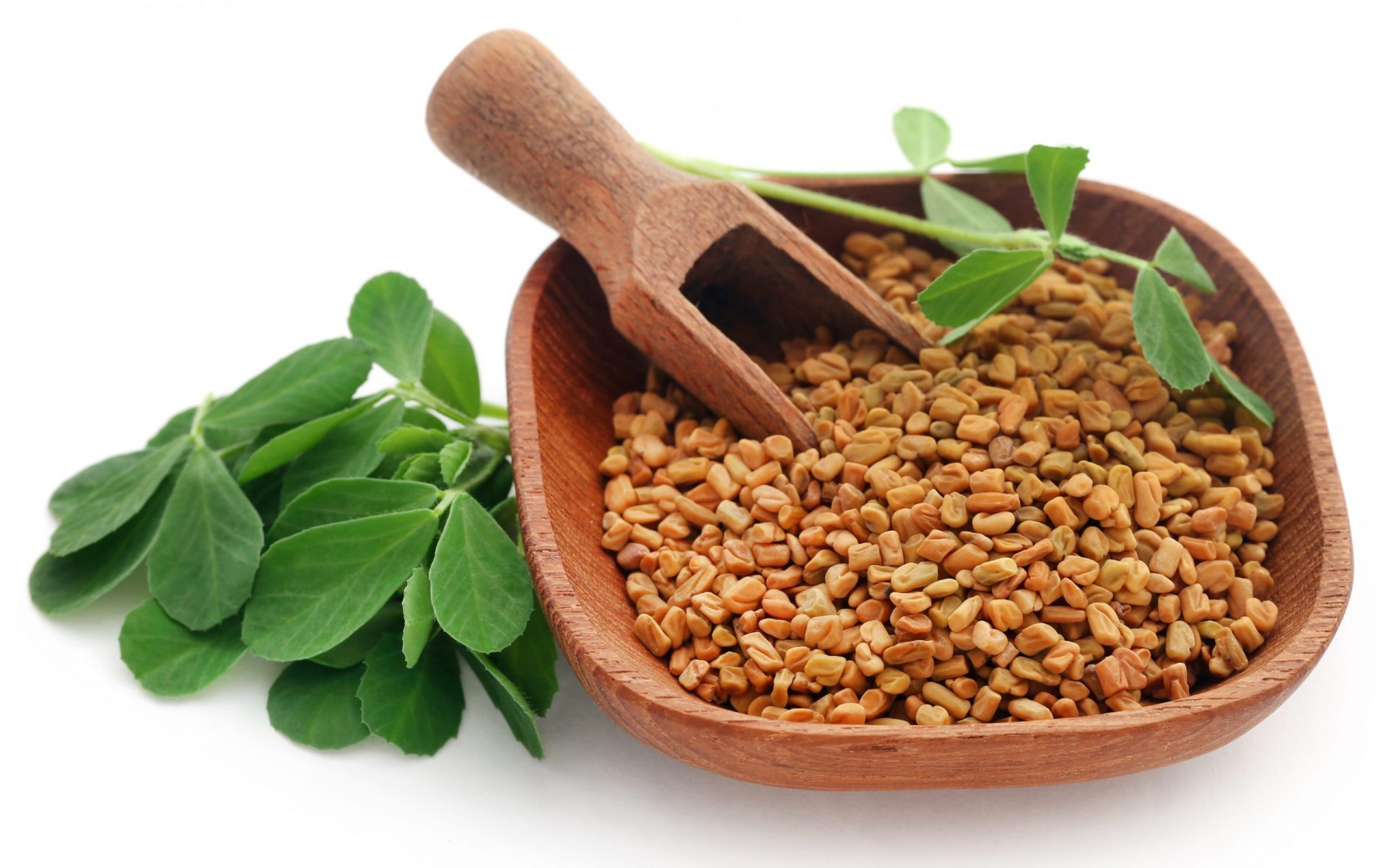
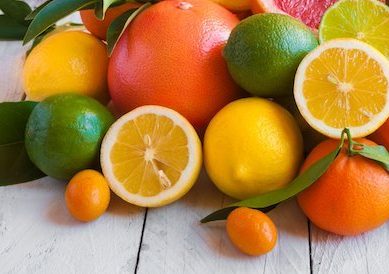
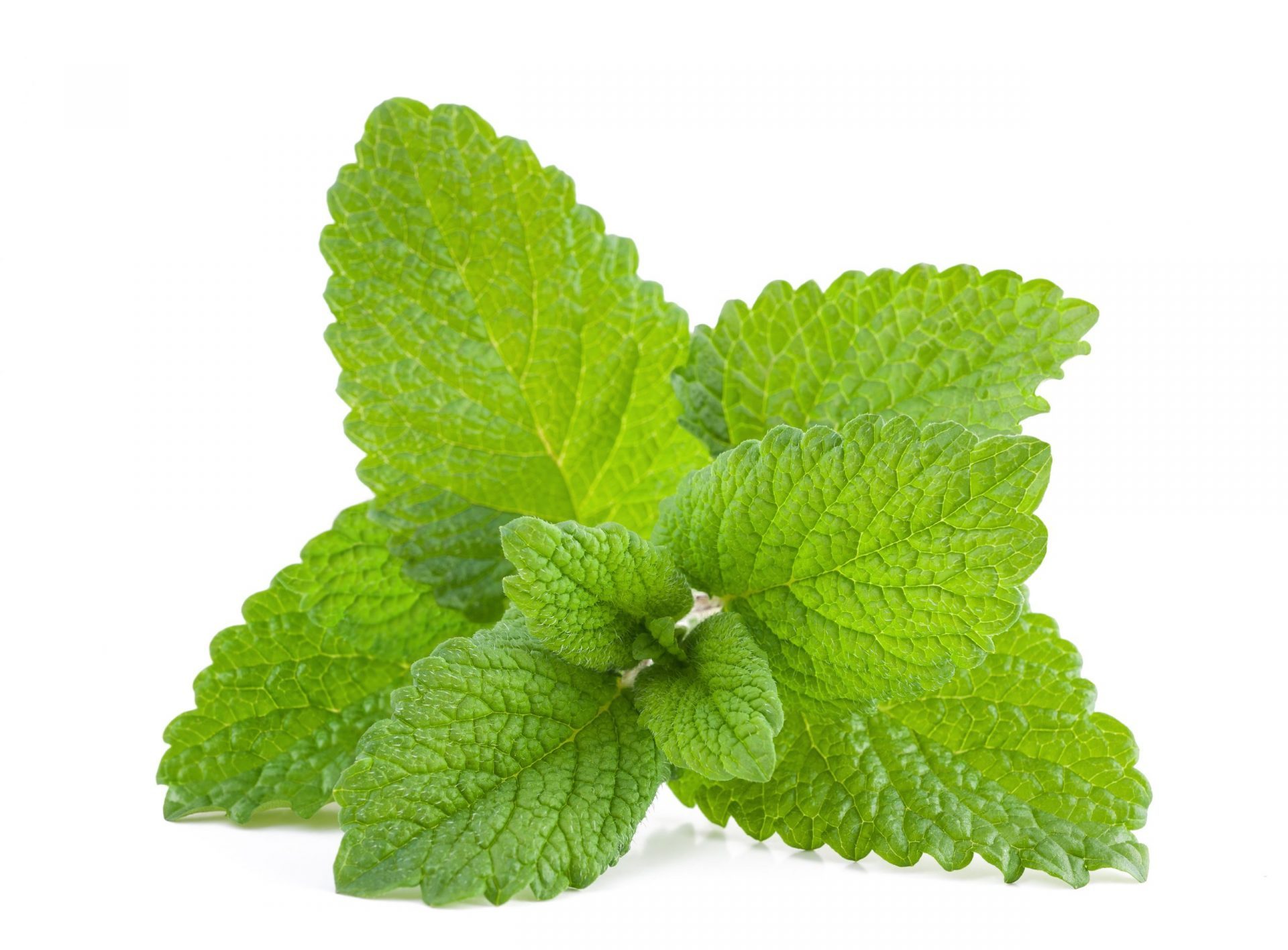
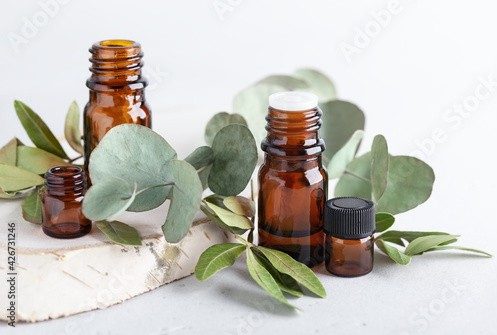
 Grape extracts For compensating oxidative stress
Grape extracts For compensating oxidative stress Discover the range
 Citrus extracts For improving animal performance
Citrus extracts For improving animal performance Discover the range
 Saponins For contributing to coccidial risk management
Saponins For contributing to coccidial risk managementDiscover the range
 Essential oils For animal wellbeing
Essential oils For animal wellbeingDiscover the range
 Melissa extracts For calming animals naturally
Melissa extracts For calming animals naturallyDiscover the range
Livestock
Species
Poultry
The poultry sector, representing the most important segment of the livestock industry, has been the fastest-growing sector over the last decades and is expected to grow up to over $ 400 billion in 2025. Among poultry species, broilers represent more than 90% of the sector.
Restoring consumers’ confidence, ensuring food safety, mitigating environmental impact and protecting animal welfare are global challenges for the future growth of the poultry industry. At nutritionists’ level; challenges like gut health, immunity, efficient nutrient utilization and feed formulation rank top on the list.
Discover Nor-Feeds’ natural solutions to address these challenges.
Species
Aquaculture
Aquaculture is the fastest-developing animal production worldwide. This growth is driven by an increasing demand for nutritious proteins and healthy fatty acid sources. And for some years now, aquaculture production has been exceeding that of fishing (FAO, 2018).
Aquaculture has a direct impact on farms’ environment as fish and shrimp consume feeds and release ammonia and faeces in the surrounding water. Thus, better feed utilization is critical to mitigating the impact. To address this issue, Nor-Feed has developed efficient and 100% natural additives for aquaculture species.
Species
Pets
Global pet food production reached 34.17 million tons in 2021, with an increase of 8.2% compared to 2020.
This sector of the animal feed industry has seen the strongest growth for several years.
Pet food is one of the most regulated feed categories in the feed and beverage industry. It is strictly controlled to ensure quality and safety.
Species
Ruminants
Ruminants are milk as well as dairy products and high-quality meat suppliers.
Milk is a major animal production on a global scale, which is continuously increasing, with large producing countries (India, United States, China, European Union…) and a dynamic international trade.
Cow milk dominates this production with 83% of the total milk supply, but the production also concerns sheep, goats, buffaloes, and camelids.
Ruminant farming has very diversified systems worldwide, in a wide variety of ecosystems with operating methods ranging from the most extensive, with low input consumption, to the most intensive.
But efficiency is a universal concern; it requires a sound and sustainable nutrition of healthy animals, and plant extracts can make a decisive contribution.
Species
Horses
Equine nutrition seeks the same goal as other animal species: a better feed to raise healthy animals with improved performances. The only major difference: the performance sought is generally sportive, and therefore difficult to attribute to the diet alone.
The equine nutritionist and veterinarian work on the same issues: reproduction, digestion or even fighting against oxidative or behavioural stress.
Nutrition is one of the answers to achieving the well-being and performance objectives set by the users and owners of horses, whether amateur or professional, in leisure, sport or breeding.
Species
Pigs
Pork is the second most-consumed meat in the world after poultry and totalizes 32.7% of meat consumption in 2020. New issues are challenging production to produce better meat quality, more efficiently, at lower cost and with less environmental impact. Nutrition, therefore, has a key role to play in providing solutions to these problems.
Species
Poultry

The poultry sector, representing the most important segment of the livestock industry, has been the fastest-growing sector over the last decades and is expected to grow up to over $ 400 billion in 2025. Among poultry species, broilers represent more than 90% of the sector.
Restoring consumers’ confidence, ensuring food safety, mitigating environmental impact and protecting animal welfare are global challenges for the future growth of the poultry industry. At nutritionists’ level; challenges like gut health, immunity, efficient nutrient utilization and feed formulation rank top on the list.
Discover Nor-Feeds’ natural solutions to address these challenges.
Species
Aquaculture

Aquaculture is the fastest-developing animal production worldwide. This growth is driven by an increasing demand for nutritious proteins and healthy fatty acid sources. And for some years now, aquaculture production has been exceeding that of fishing (FAO, 2018).
Aquaculture has a direct impact on farms’ environment as fish and shrimp consume feeds and release ammonia and faeces in the surrounding water. Thus, better feed utilization is critical to mitigating the impact. To address this issue, Nor-Feed has developed efficient and 100% natural additives for aquaculture species.
Species
Pets

Global pet food production reached 34.17 million tons in 2021, with an increase of 8.2% compared to 2020.
This sector of the animal feed industry has seen the strongest growth for several years.
Pet food is one of the most regulated feed categories in the feed and beverage industry. It is strictly controlled to ensure quality and safety.
Species
Ruminants

Ruminants are milk as well as dairy products and high-quality meat suppliers.
Milk is a major animal production on a global scale, which is continuously increasing, with large producing countries (India, United States, China, European Union…) and a dynamic international trade.
Cow milk dominates this production with 83% of the total milk supply, but the production also concerns sheep, goats, buffaloes, and camelids.
Ruminant farming has very diversified systems worldwide, in a wide variety of ecosystems with operating methods ranging from the most extensive, with low input consumption, to the most intensive.
But efficiency is a universal concern; it requires a sound and sustainable nutrition of healthy animals, and plant extracts can make a decisive contribution.
Species
Horses

Equine nutrition seeks the same goal as other animal species: a better feed to raise healthy animals with improved performances. The only major difference: the performance sought is generally sportive, and therefore difficult to attribute to the diet alone.
The equine nutritionist and veterinarian work on the same issues: reproduction, digestion or even fighting against oxidative or behavioural stress.
Nutrition is one of the answers to achieving the well-being and performance objectives set by the users and owners of horses, whether amateur or professional, in leisure, sport or breeding.
Species
Pigs

Pork is the second most-consumed meat in the world after poultry and totalizes 32.7% of meat consumption in 2020. New issues are challenging production to produce better meat quality, more efficiently, at lower cost and with less environmental impact. Nutrition, therefore, has a key role to play in providing solutions to these problems.
Challenges
- 1Coccidial risk
- 2Poultry red mite
- 3Oxidative stress
- 4Feed efficiency
- 5Feed palatability
- 6Ammonia emissions
Issues
Prevent from coccidial risk
Caused by a highly contagious intestinal parasite Eimeria, coccidiosis is a serious issue mainly related to poultry. Economic losses occur through increased feed conversion, poorer growth and higher mortality. Global economic losses from coccidiosis are estimated to be more than $ 3 billion per year. In addition, coccidiosis can contribute to the outbreak of secondary infections, such as clostridiosis, responsible for necrotic enteritis. Besides the use of coccidiostats or vaccines to control coccidiosis, botanicals can be a valuable and efficient alternative solution.
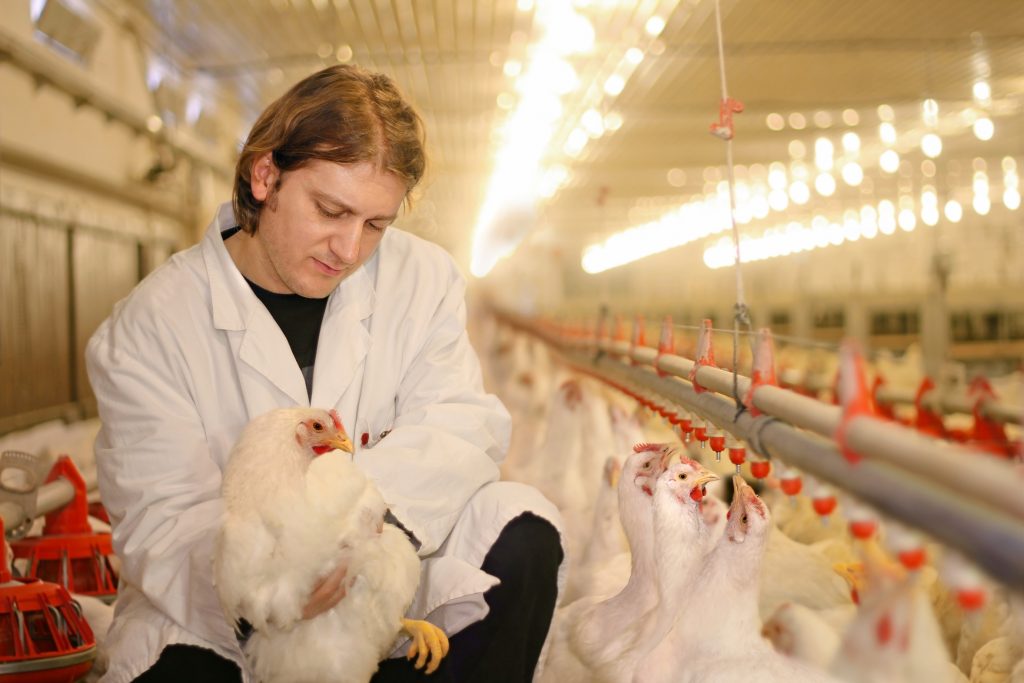
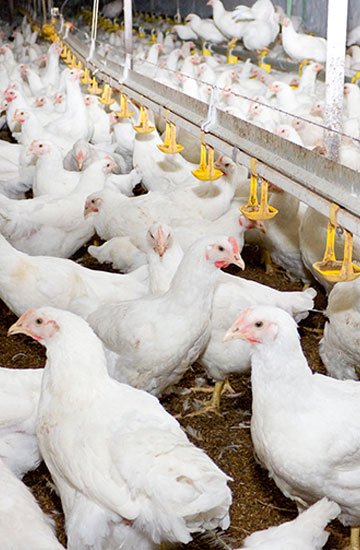
Issues
Contributing to the control of red mite populations
Widespread in Europe, Asia and North Africa, poultry red mites represent a real problem for laying hen farms with an estimated annual cost of more than 130 million Euros globally. When nothing is done, this nocturnal parasite feeds on the blood of the hens, to lay eggs and grow its population exponentially.
Numerous control methods have been developed over the past decades, including the use of acaricides which often leads to the development of resistance. An integrated approach including detection, prevention and contact treatment is the only way to control poultry red mite populations in an efficient and durable way.
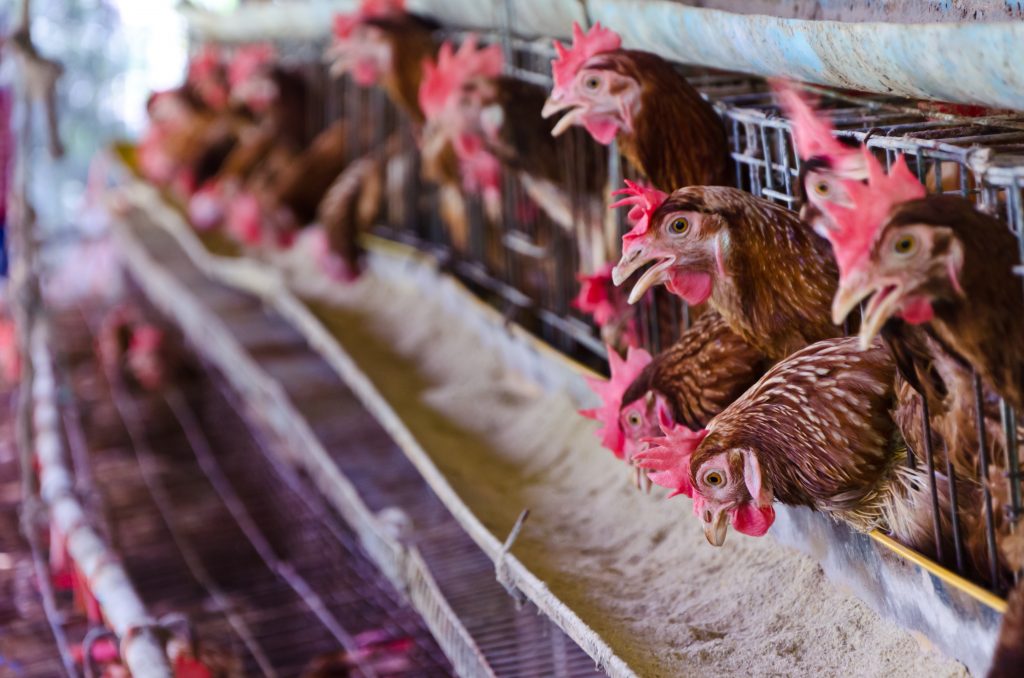

Issues
Compensate oxidative stress
Oxidative stress is a physiological state where the production of harmful compounds (free radicals) overcomes the antioxidant defenses of the organism, resulting in a disruption of the oxidative balance.
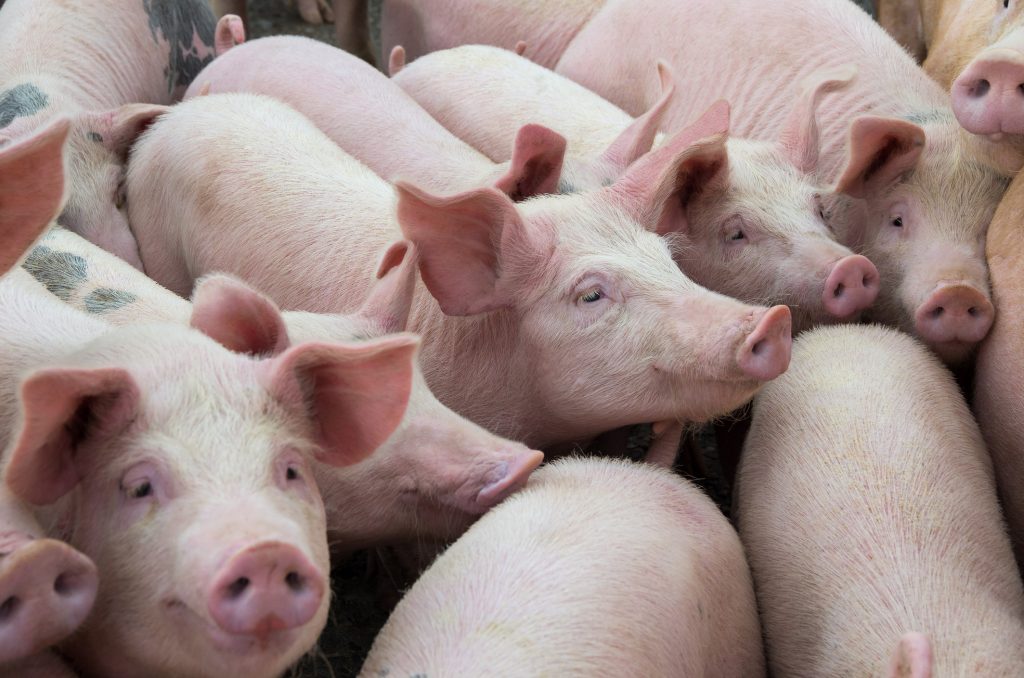
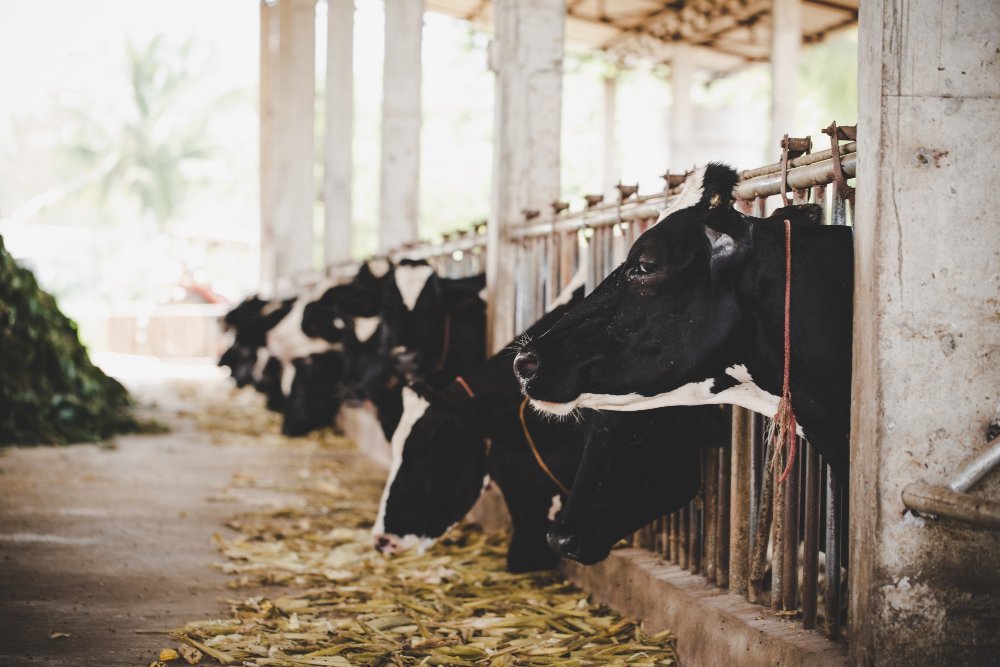
Issues
Improve feed efficiency
In a context where food resources are limited for both human and animal nutrition, it is important to realign our global food strategies and find new sustainable solutions to meet the global need for animal protein. Feed efficiency, which is the ratio of the amount of feed consumed to the amount of protein produced by the animal, allows us to evaluate the value of the ration. Solutions exist to improve this efficiency and thus offer the same amount of animal protein for human consumption using fewer resources.
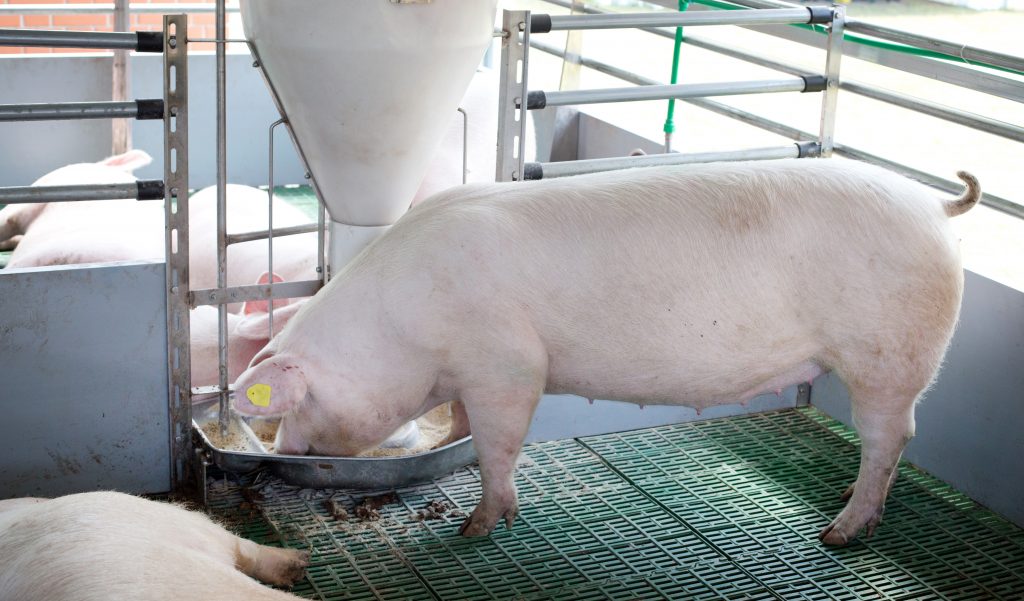
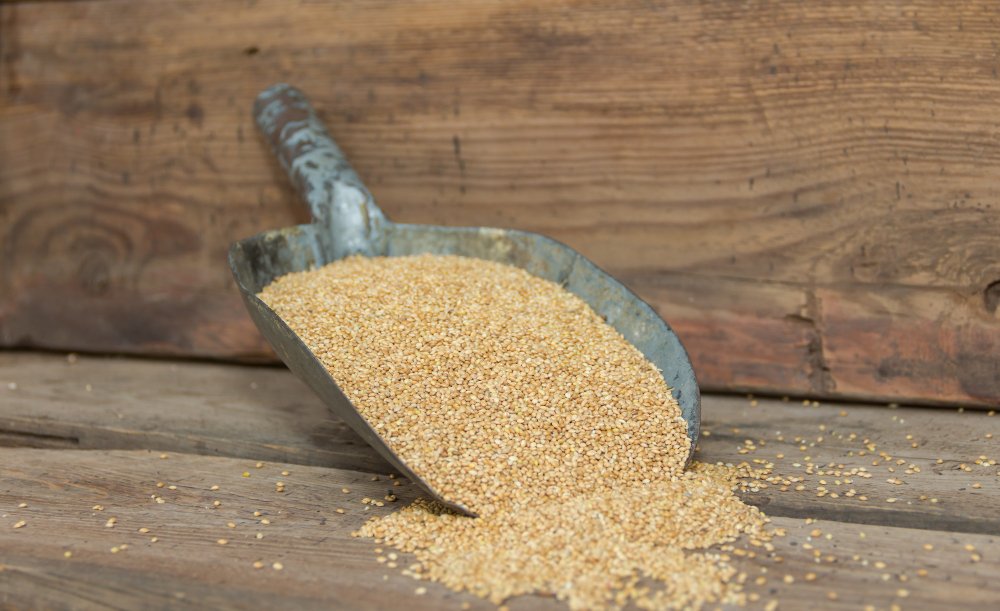
Issues
Improve feed palatability
Palatability is a complex notion that can be defined as the acceptability of the feed by the animal, influenced by the environment and preconditioning aspects, taking into account not only the sensorial properties of the feed but also its post-ingestive effects (which are associated, as part of the learning phenomenon).
Palatability is an essential parameter in animal nutrition management. It has an influence on feeding activity and feed intake, which contribute to the supply of nutrients to meet maintenance, growth and production needs in different conditions, and thus to the performance of the farm.
To improve palatability, solutions exist, allowing to be part of an optimized feeding strategy.
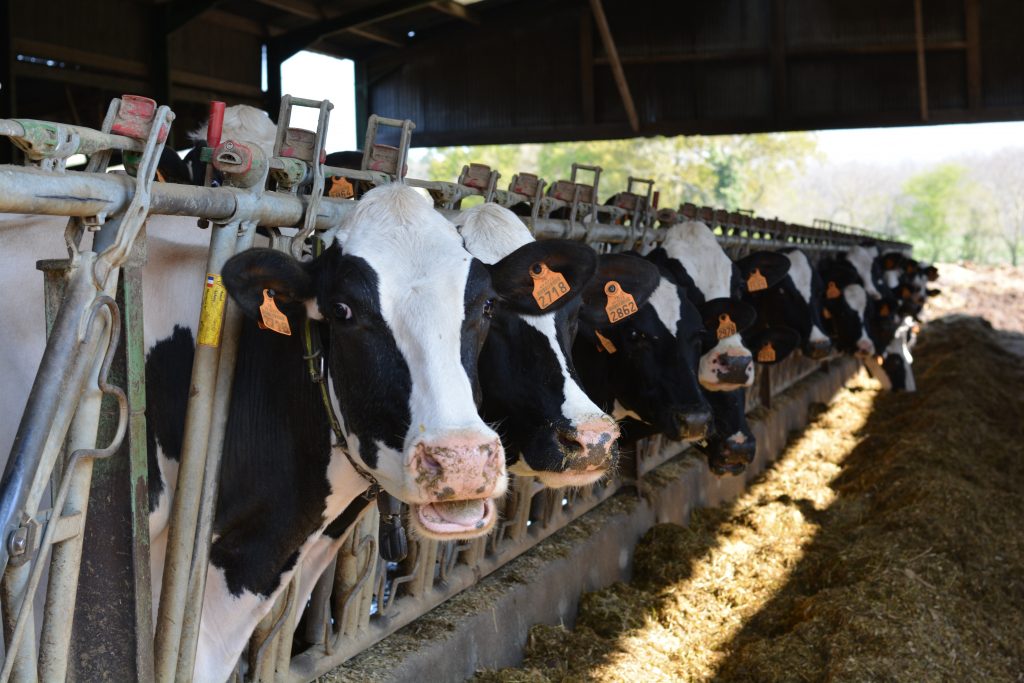
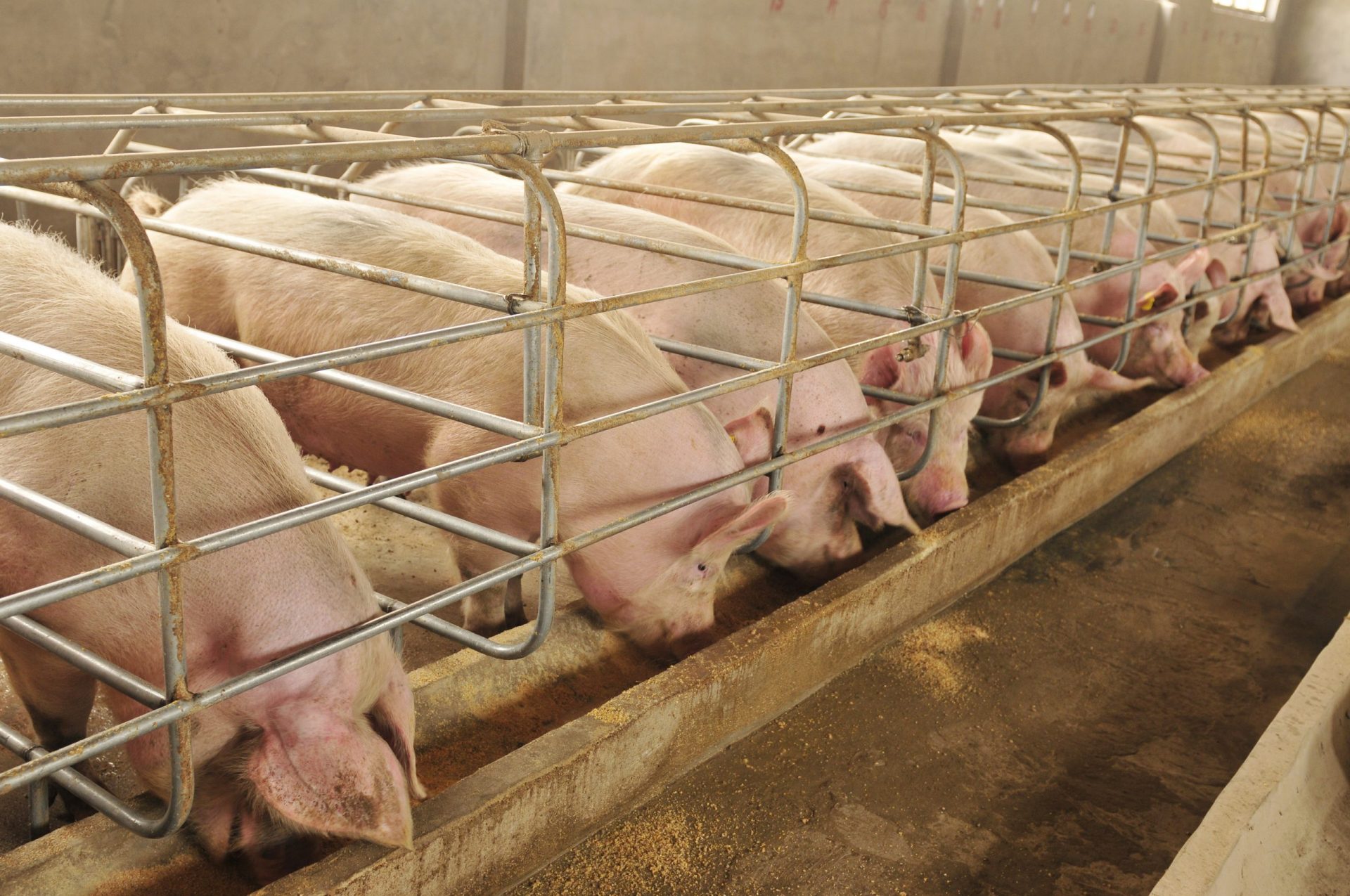
Issues
Reduce ammonia emissions
Ammonia (NH3) is a colorless and harmful gas, naturally produced by certain bacteria when degrading urea or uric acid present in the faeces of animals. This gas causes two major problems: on the one hand, the impact on the animals’ health (irritation, increased sensitivity to certain diseases, reduced performance, etc.) and on the other hand, the impact on the environment through air and soil pollution. Ammonia emissions in animal husbandry impact all types of production and represent a key point to control to guarantee the good health of the animals. In aquaculture, ammonia (NH4), the aqueous form of ammonia, causes the same disorders as the gaseous form in land animals.
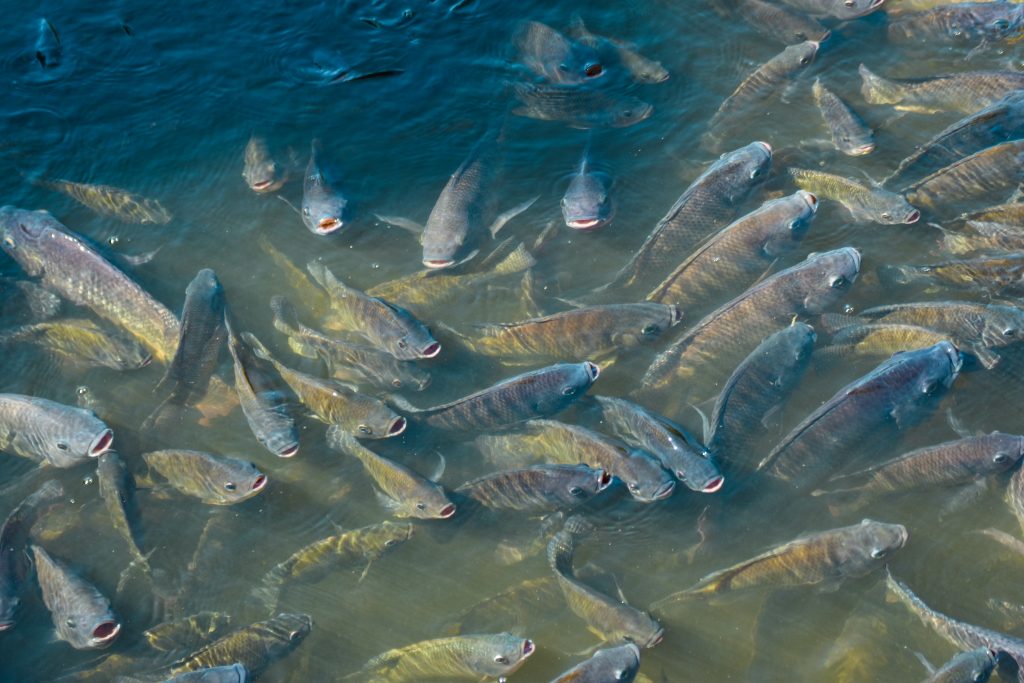
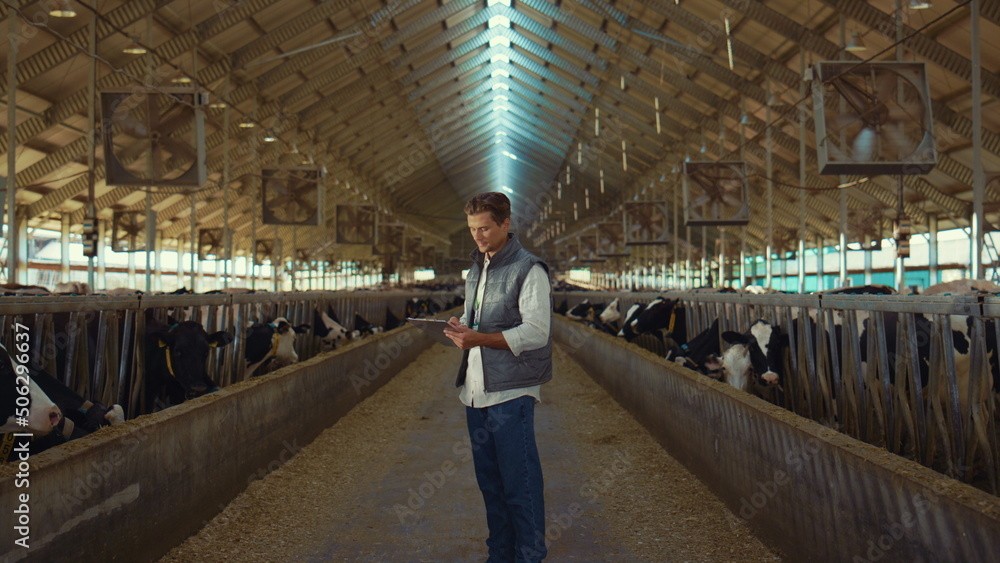
NOR-FEED
Traceability
Traceability
The composition of our botanicals is fully standardized, and guaranteed by a detailed certificate of analysis indicating which method is used to measure which active ingredient.
Sustainability
Sustainability
From field to feed, the development of our “botanicals” is part of a virtuous and sustainable logic.
R&D Quality
R&D Quality
Characterized and standardized, our botanicals offer documented benefits.
Advice & expertise
Advice & expertise
We provide our customers and distributors with the best technical, regulatory and marketing support for the proper use of our botanicals.


